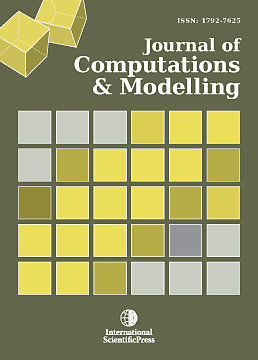Journal of Computations & Modelling
Intermittent Demand Forecasting with the Estimation of Smoothing Constant of Minimum Variance Searching Optimal Parameters of Weight
-
 [ Download ]
[ Download ]
- Times downloaded: 10079
Abstract
In recent years, the needs for intermittent demand forecasting are increasing because of the constraints of strict Supply Chain Management. How to improve the forecasting accuracy is an important issue. There are many researches made on this. But there are rooms for improvement. In this paper, a new method for cumulative forecasting method is proposed. The data is cumulated and to this cumulated time series, the following method is applied to improve the forecasting accuracy. Focusing that the equation of exponential smoothing method(ESM) is equivalent to (1,1) order ARMA model equation, the new method of estimation of smoothing constant in exponential smoothing method is proposed before by us which satisfies minimum variance of forecasting error. Generally, smoothing constant is selected arbitrarily. But in this paper, we utilize above stated theoretical solution. Firstly, we make estimation of ARMA model parameter and then estimate smoothing constants. Thus theoretical solution is derived in a simple way and it may be utilized in various fields. Furthermore, combining the trend removing method with this method, we aim to improve the forecasting accuracy. An approach to this method is executed in the following method. Trend removing by the combination of linear and 2nd order non-linear function and 3rd order non-linear function is executed to the production data of Emission CT apparatus and Superconducting magnetic resonance imaging system. The weights for these functions are set 0.5 for two patterns at first and then varied by 0.01 increment for three patterns and optimal weights are searched. For the comparison, monthly trend is removed after that. Theoretical solution of smoothing constant of ESM is calculated for both of the monthly trend removing data and the non monthly trend removing data. Then forecasting is executed on these data. The forecasting result is compared with those of the non-cumulative forecasting method. The new method shows that it is useful for the forecasting of intermittent demand data. The effectiveness of this method should be examined in various cases.
